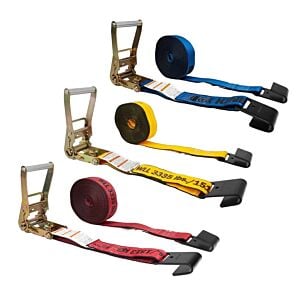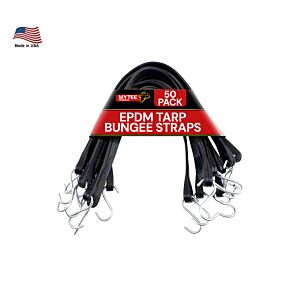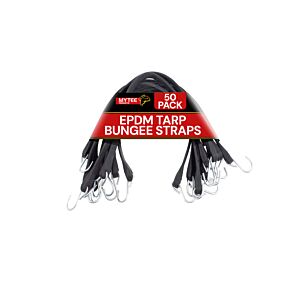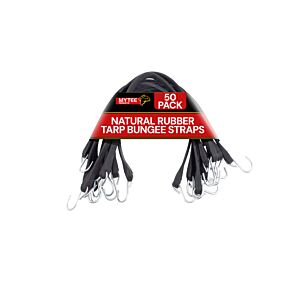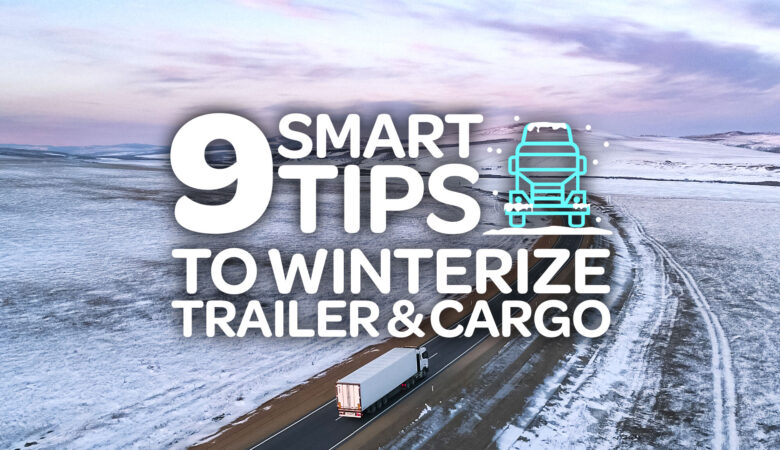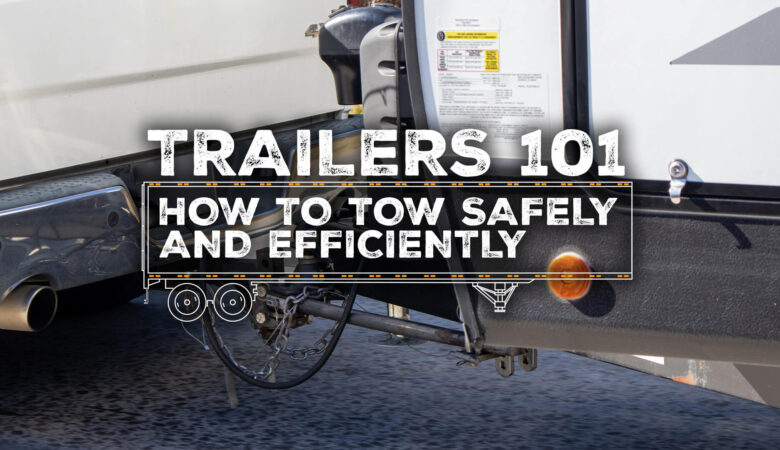After spending 20 to 30 minutes on tarping a load, nothing aggravates a flatbed trucker more than looking out the mirror and seeing one or more of those tarps billowing in the wind. Tarp billowing reduces fuel efficiency and risks both straps and cargo.
Many new truck drivers struggle with tarps flapping while they are on the road and need to know how to prevent it. After all, moving down the highway at 65 mph creates a lot of air movement around a flatbed load. Any natural wind added to the equation just makes things worse.
So, what is the solution? The secret to preventing tarp billowing is in how truck tarps are applied at various points of a load.
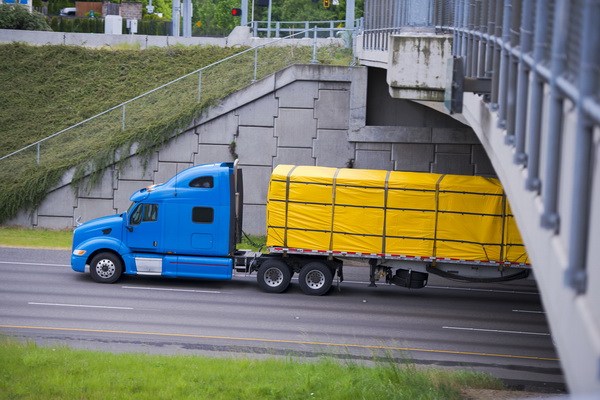
In the below post, we will explain how to secure tarps that will not billow as you drive down the road. You can use tie-down straps like ratchet cargo straps, bungee straps, bungee rope, or even nylon rope as you see fit. A combination of bungee straps and ratchet straps is the best way to go for efficiency and speed.
Explore More Parachute/Airbag Tarps








Explore More Flatbed Tarps









Ways to Prevent Trap Billowing and Flapping
1. Tighten the Load with Tarp from the Front
Air flows across a load from front to back. Therefore, tarps should be getting the most attention at the front of the load. Veteran truckers will tell you that the front of the load is key.
The most important thing for preventing billowing is to make sure the tarp at the front is as flat and tight as possible. If you do not give the air a clear path under the front of the tarp, you will reduce the likelihood of billowing across its entire surface. So think tight and flat.
One suggestion from veteran truckers is to start by securing the front corners of the tarp with bungee straps. Pull the tarp tight and secure the rear with bungee straps as well. Then go back to the front of the load and apply one ratchet strap across the top of the tarp as far forward as possible. You can then use bungee straps or bungee rope to go around the front edge of the tarp, hooking to a strap on either side, to keep the vertical surface of the tarp lying flat.
You May Like This: Twisting Trucking Straps: Should You Do This Trucking Techniques?
2. Work Your Way Back to Secure with More Tie-Downs
Once the front of the tarp is flat and secure, work your way back. Use additional bungee straps at key points to secure the tarp to either your trailer or the load itself. Another ratchet strap across the middle of the tarp will keep that section flat. Finally, wrap the entire perimeter of the load using bungee rope from corner to corner. This keeps the edges of the tarp secure against the load.
The advantage of using bungee rope here is that you can apply fairly large sections of rope without creating a safety hazard or risking damage to the load.
One veteran trucker we know says that it helps to take a few extra minutes to make sure tarps are applied evenly. An uneven tarp is harder to keep flat and tight because you are working with different amounts of material at various points across the load. An even tarp gives you the same amount of material at the critical points, making it possible to apply even tension with each bungee or ratchet strap you use.
Remember, the secret to preventing tarp billowing is to concentrate on the front of the load in order to ensure the tarp is flat and tight. If you can conquer the front of the load, the rest should be fairly easy.





















